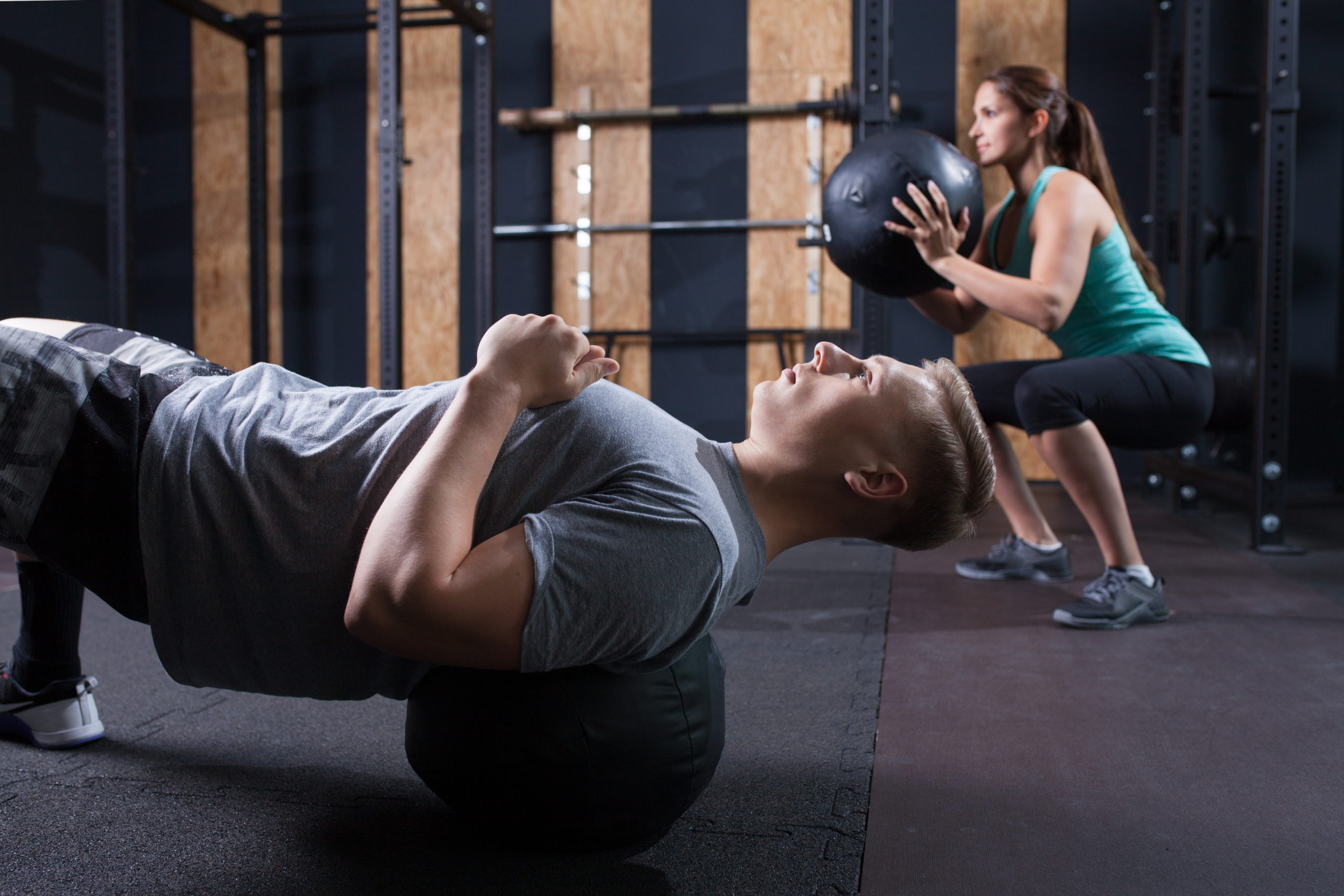

What is the definition of Functional Training? Here are functional training exercises you can do at home or in the gym, recommended by Emily: Best functional training exercises 1.In this blog, you will learn about functional training, and why it is the best way to build strength, in a safe, healthy, and effective way.īut first, we should start by defining exactly what ‘Functional Training’ is. Compound exercises like deadlifts, shoulder presses and squatsĪ key advantage of functional training is that you don’t need any equipment to have a good, effective workout.Unilateral movements like lunges or single leg deadlifts.


Rather than focusing on maximum #gains and bulking, Emily says you'll reap the following rewards from functional training: Which makes sense, right? Think of something heavy you'd pick up in the same way you do a bicep curl. So, isolation exercises = less effective at training your body for real-life activities and range of motion. Though this is good way to gain muscle mass, it doesn’t translate into benefiting us on a holistic all round level,' Emily tells us. For example, a bicep curl only uses the biceps to lift the weight and just the elbow joint for movement. ‘Isolation exercises, compared to functional training exercises, focus on a specific muscle group, with little input from other muscles. So, compound exercises, which train multiple muscle groups at the same time = good for helping your body function as a whole, not just in the gym but for daily movements. It uses a variety of muscles and joints in the knees, hips and legs, as well as having the benefit of strengthening your tendons, bones and ligaments around the leg muscle,’ she says. ‘A compound exercise, like a squat, is a typical example of a functional training exercise. 10 best women's only gyms to join in the UK


 0 kommentar(er)
0 kommentar(er)
